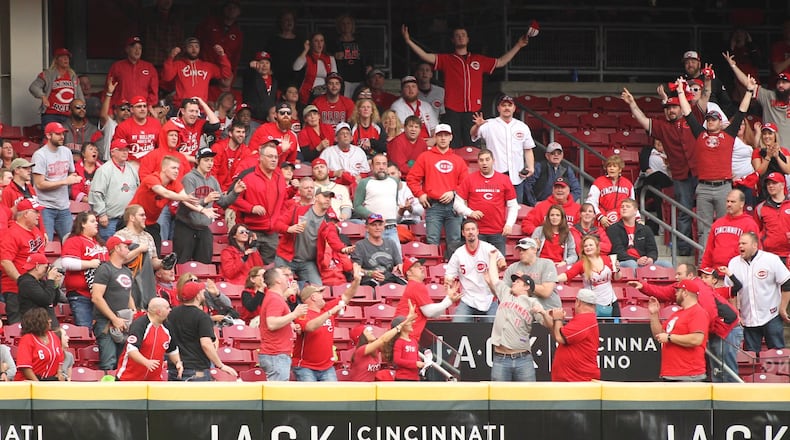How humid it is outside can have an impact on how far a baseball can travel. You may be surprised to know that humid air is less dense than dry air. It has to do with the molecule make-up of the air. But given the same temperature, and all other conditions are the same, a baseball will (usually) travel farther on a humid day than when the air is dry. Thus, you may witness a higher scoring game on a humid day and a low scoring game when the humidity is low.
DOWNLOAD OUR MOBILE APPS FOR LATEST BREAKING NEWS
But if you are an avid baseball watcher, then you also may notice that more home runs tend to occur in stadiums that are in climatologically dry or low humidity locations. Why? It has to do with how and where baseballs themselves are stored before play.
Rawlings, the company that makes most baseballs, stores them after production in a room kept at 70 degrees and a humidity of 50 percent. This is the optimal or “base range” for the perfect baseball. However, baseball stadiums across the country are located in many different types of climates.
Target Stadium in Minneapolis, home of the Minnesota Twins, is located where the average temperature and humidity during baseball season is closest to the optimal condition for baseball.
So, how does humidity effect a ball? Think of it this way: Imagine taking a dry, round sponge and throwing it at the wall. It bounces off the wall and maybe again off the floor and then rolls to a stop in the corner. Now, get that sponge a little wet and do the same thing. Splat, right? Not so bouncy.
In 2011, Dr. Alan Nathan, a Professor Emeritus of Physics at the University of Illinois at Urbana-Champaign, found in a study that there was about a 13.2-foot change in the average distance of a home run baseball for every 15-percentage point change in humidity. Using Nathan’s data, Minneapolis would have the baseline climate for the perfect baseball hitting condition.
So, let’s say Joey Votto hits a 430-foot homer at Minnesota Twin’s stadium. That same baseball hit in Coors Field if the game were being played at Denver’s average temperature and humidity would likely have traveled around 443 feet. At Chase Field in Phoenix, the baseball would have traveled about 458 feet. However, at Marlins Park in Miami, where there is a lot more humidity, that same hit would likely have only traveled 417 feet. You can see there certainly could be an offensive advantage in playing in places where humidity stays low for prolonged periods. For this reason, MLB teams in Denver and Phoenix are storing their baseballs in rooms with a humidor to add moisture to the air - and thus to the baseballs - making the baseballs “react” more like they would in “optimal conditions”.
Nathan studied the probable effect of a humidor on home runs. When he compared the home runs per game at Coors Field in Denver before the humidor (1995-2001) to home runs per game from 2005 through 2010, he found a reduction of 32 percent of home runs.
In case you are curious who would have the offensive advantage in Ohio using average humidity, it turns out the answer would be the Cincinnati Reds. According to Nathan’s study, a home run ball that was hit in average climate conditions in Great American Ball Park in Cincinnati would travel 3.6 feet farther than if hit in average climate conditions in Cleveland’s Progressive Field.
Eric Elwell is WHIO StormCenter 7 Chief Meteorologist. Contact him at eric.elwell@coxinc.com or follow him on Facebook and Twitter.
About the Author
